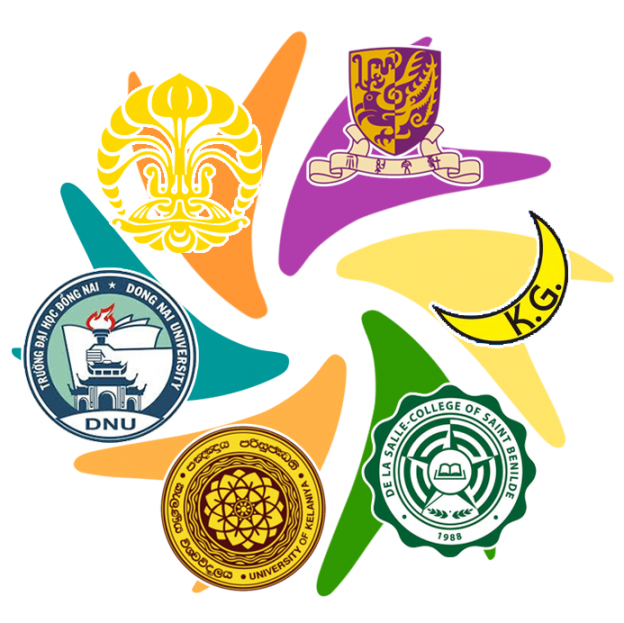Click HERE for the presentation video with sign interpretation.

This webinar provides a historical overview of the development of the ASL-English interpreter profession and educational programs in the United States. Traditionally, the Deaf community “raised” its own interpreters organically through the mentoring of its own community members—the original “village.” The rapid growth of other interpreter-raising villages, namely professional interpreter organizations and interpreter education programs in academic institutions has been driven by federal disability civil rights laws. And because of competing needs and values, there continue to be tensions between these villages. If greater harmony and ecological balance are to be obtained, we must do the following: openly acknowledge the multiple tensions that exist; recognize both our successes and failures; and attempt to address the unintended consequences of the availability of interpreter services that were meant to solve incidental and temporary communication and linguistic problems. Harmony and balance can be nurtured through the intentional engagement of Deaf “village elders” and promoting the vision of the ideal permanent communication solution—bilingualism and direct, unmediated communication in ASL. Although this is a case study of interpreter education in the US, it is hoped that this presentation will foster continued international exchanges of ideas to further develop interpreter education globally.
![]()
